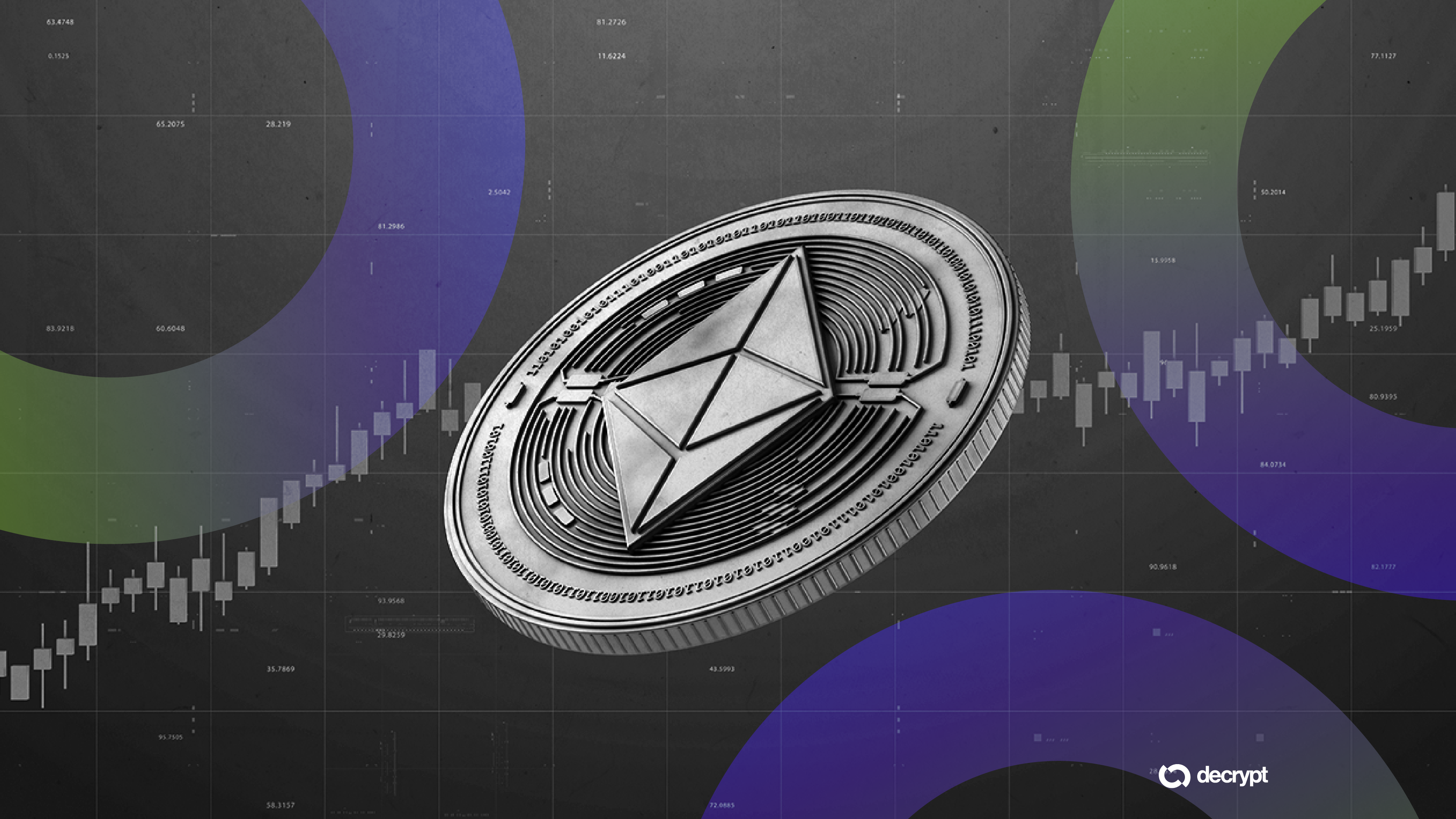Pump.fun’s New Fee Model Shatters Records: $2M Distributed to Creators in Just 24 Hours

Pump.fun just rewrote the creator economy playbook—and the numbers speak for themselves.
The Revenue Revolution
Forget gradual rollouts. Pump.fun's overhauled fee structure delivered a staggering $2 million to creators within its first day of operation. That's not just growth—that's a tectonic shift in how value flows through decentralized platforms.
Built to Empower
The model cuts out traditional intermediaries, bypasses legacy fee structures, and puts real earnings directly into creators' wallets. No waiting, no excuses—just transparent redistribution that actually matches the hype.
Market Impact
This isn't another 'vaporware' promise. While traditional finance still debates Web3 viability, Pump.fun demonstrates that proper incentive alignment creates immediate, measurable results—something Wall Street could learn from if it weren't so busy overcomplicating basic value exchange.
The message rings clear: when you build systems that reward creators fairly, they don't just participate—they thrive.
Project Ascend
The boost in earnings comes as a result of Pump.fun’s new dynamic fee model, a part of a broader series of updates in what the platform brands as Project Ascend.
Upon every trade of a token, the creator of that token earns a percentage of the total fees. The new dynamic model shifts this creator fee percentage based on the total market cap of the creator’s token. Creators of tokens between a market cap of $88,000 and $300,000 will earn the largest percentage fee of 0.95% per trade, slowly scaling down to 0.05% at a $20 million market cap. However, it’s worth noting that once at such a market cap, the token is likely to have much higher trading volume than a smaller token.
“Creator earnings over the last 24 hours have been wild, in a good way. Someone claimed $80,000. Creator rewards were pretty bad before,” Dune dashboard creator Adam Tehc told Decrypt. “Token creators run the memecoin economy. I think better creator incentives will only strengthen their position,” he added, calling it a “step in the right direction.”
Over $1.3M have been claimed in creator fees in the first 12 hours of Pump's new fee model. pic.twitter.com/aVERIbcWqm
— Adam (@Adam_Tehc) September 3, 2025
Evolution of Pump.fun
Pump.fun started as a simple token creation platform in January 2024, laying the foundations for a boom in meme coin activity on Solana. As the platform grew, it added livestreaming as a native feature, after several meme coins went viral due to streamed stunts on third-party sites like Kick—including one creator who set himself on fire to pump his token.
The livestreaming feature proved controversial, featuring streams that included drug binges, the reckless firing of guns, and even animal abuse. Livestreaming was removed from Pump.fun in November, allowing for the team to overhaul their moderation systems.
Following the return of livestreaming, Pump.fun has yet to see any major controversies—becoming a bustling environment for streamers to find an audience and create content. That includes the likes of Pump.fun’s own Basedd House, which plays host to content creators who all have tokens and stream on the platform. The top creator in the Basedd House, known as Goon, has earned $9,400 since creating his token three months ago.
It's not just livestreamers that benefit from this feature; the creators of regular meme coins also earn creator fees. For example, the TROLL token, which currently sits at a $165.9 million market cap, has produced $223,150 in creator rewards, per Pump.fun. Community takeover teams, such as the team in charge of TROLL, can claim the creator fees if the token deployer has abandoned the project.
A game-changer?
Pump.fun's fee restructuring appears to have turbocharged the earnings of those creators, and livestreamers believe it’ll be a game-changer for the platform.
“It allows normies and small creators like myself to be able to come into this space, start live-streaming with a very small community, and be able to make more money a month than a Twitch or Kick streamer does in a year,” pseudonymous Pump.fun livestreamer Jytol told Decrypt. “They opened up the doors to many possibilities for new/existing creators, and I’m blessed to be a part of it.”
Gmgm CT🫶 pic.twitter.com/D9zcWgwgaa
— Jytol | $jytol (@jytolpumpfun) September 3, 2025
Following the change, Jytol said, the streamer saw a jump from his usual average viewership of four up to 15. In doing so, according to Pump.fun, his earnings also jumped from $2.33 the day before to $9.30 on the day of the update.
While these earnings may not be life-changing, a streamer on traditional platforms like Twitch or Kick WOULD rely on their viewers donating or subscribing to earn anything at all. By contrast, streamers on Pump.fun earn by viewers purchasing their token in the hope that it’ll pump in value.
“The approach that Pump is taking to this is phenomenal. You can bid on the next Kai Cenat or Adin Ross and find them at a $10,000 market cap. It adds a whole different element to it,” Jytol told Decrypt. Overtaking established platforms like Twitch will take time, he said, “but I’m such a believer in this, I can see it happening. With the marketing and community behind Pump.fun and crypto growing each year… It’s only a matter of time.”

